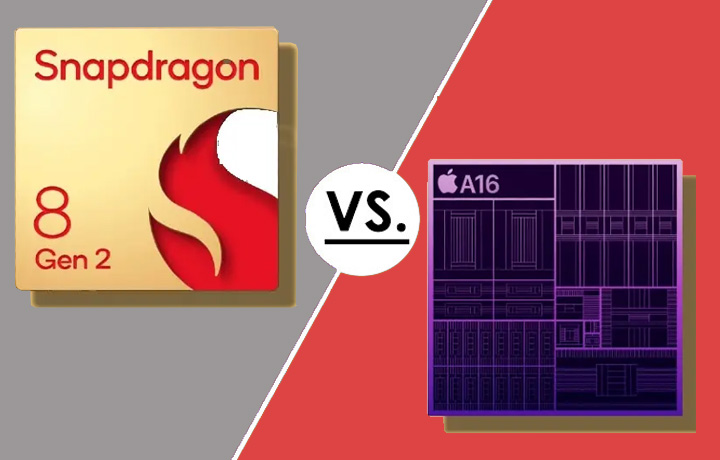Apple Anticipates Decreased iPhone 15 Sales Amidst Rising Costs and Industry-Wide Slowdown
Apple is gearing up to unveil its highly anticipated iPhone 15 series in September, but the company’s expectations for sales seem to be cautiously tempered. Reports indicate that Apple is bracing for lower iPhone 15 sales compared to previous models due to a combination of factors, including higher prices and broader industry challenges.
The upcoming iPhone 15 Pro and Ultra models are rumored to come with an array of upgrades, such as thinner bezels, a new action button, and a titanium frame. However, these enhancements could potentially result in increased manufacturing costs, which in turn may contribute to higher retail prices for consumers. It’s been speculated that the premium iPhone 15 Ultra could be priced between $1,200 and $1,300, potentially making it more expensive than its predecessor, the iPhone 14 Pro Max.
Analysts have suggested that these price hikes, combined with an industry-wide slowdown in smartphone sales, may be impacting Apple’s sales projections. According to a note by analyst Jeff Pu, Apple is expected to produce around 77 million iPhone 15 units by the end of the year. This figure is notably lower than previous estimates, which predicted shipments of around 85 million units for 2023.
One of the challenges Apple is facing is supply chain issues, particularly related to Sony’s camera sensors. Despite these challenges, Bloomberg reported last month that Apple intended to maintain its shipment numbers relatively steady, despite the overall downturn in smartphone sales.
- Related content:
- Infinix GT 10 Pro vs. Redmi Note 10 Pro Max
- Google Pixel 7A vs. Pixel 6A: A Comprehensive Comparison
Apple CEO Tim Cook acknowledged the industry-wide slowdown in smartphone sales, citing a decline since the beginning of the year. Cook mentioned that the entire smartphone market has been experiencing a decrease in sales over the past several quarters. Apple’s iPhone sales revenue has dipped by approximately $1 billion, though the company has been offsetting that loss through increased revenue from paid subscriptions.
The broader smartphone market appears to be experiencing weakening demand globally. Counterpoint Research, an analyst firm, reported that projected smartphone shipments across the industry are expected to drop to around 1.15 billion units, a figure not seen since 2013. This marks a 6% decline compared to the previous year.
Apple’s dominant position in the U.S. smartphone market, where it commands nearly 60% of the market share, puts the company in a unique position to weather industry challenges. Experts suggest that if Apple can generate significant hype around the iPhone 15 launch, it might be able to maintain or even increase its market share.
However, a key trend affecting the entire industry is that people are holding onto their smartphones for longer periods. Improved design and battery life, coupled with promises of extended security updates from major manufacturers, have contributed to consumers’ willingness to retain their devices for more extended periods. This behavior shift has affected not only smartphone manufacturers like Apple but also wireless carriers such as T-Mobile, Verizon, and AT&T, which collectively reported a $5 billion loss in equipment sales over the past year compared to the previous period.
As Apple prepares to introduce the iPhone 15 series, industry observers will be closely watching to see how the company navigates these challenges and whether its innovative features and marketing efforts can offset the impact of market trends and rising costs.
- Shop On Amazon Using Our Links To Support Us:
- Amazon under $25:
- Amazon best sellers:
- Amazon most gifted:












